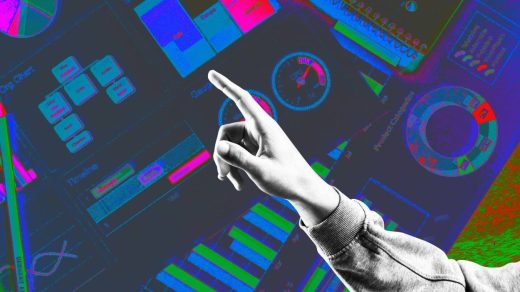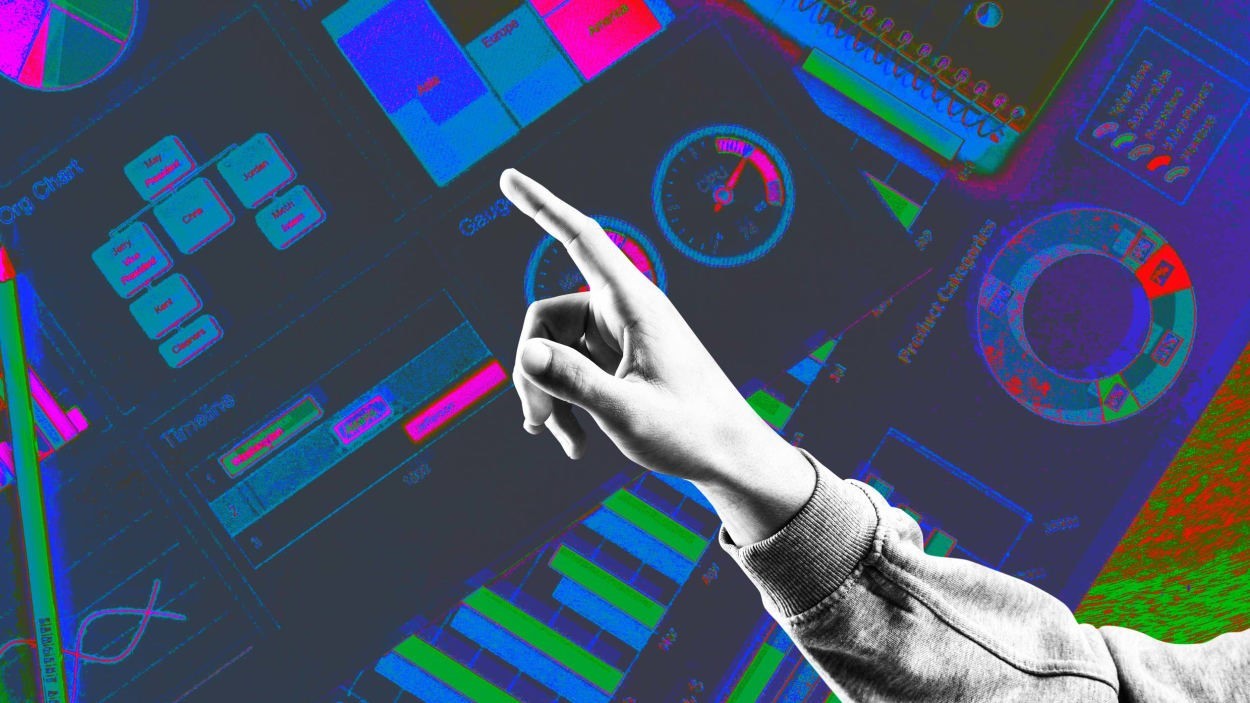How alternative data fuels economic nowcasting
A new buzzword in business, nowcasting, is making inroads in helping various sectors with economic and financial predictions. Most people are familiar with “forecasting” reports that reveal phenomena in the near future, including weather patterns, economic events, and investment trends. Nowcasting is an advanced way to mine unique insights about the state of the economy, bringing forecasting closer to the present or very recent past.
How nowcasting models work
The origins of nowcasting lie in meteorology. Before it became the “new cool,” nowcasting was used to predict small-scale weather events using satellite and radar data combined with various surface and lightning observations. Advanced data storage and processing technologies allowed scientists to predict the weather with greater accuracy than before.
Today, nowcasting is used in different sectors, primarily for investment and economic analysis. Nowcasting predictions depend on multiple data sources and variables to reach a final metric. Most of these variables are reported more frequently than the target measure, allowing statisticians to produce earlier estimates that can be used as a proxy for the final metric.
For example, gross domestic product (GDP) is calculated by adding total private consumption, investment, government spending numbers, and the change in net exports (exports minus imports). It was traditionally measured on a quarterly or yearly basis. Nowcasting models enabled more frequent GDP predictions with the overall goal of obtaining an earlier estimate before the official figure becomes available. They might use Google search data, electronic payments data, and other non-traditional sources. data from
Alternative data is the key asset
Nowcasting would be impossible without large-scale data gathering solutions, especially web intelligence. Real-time data from alternative sources has enabled organizations across various industries to significantly improve their forecasting models and decision-making accuracy.
The term “alternative data” refers to data generated outside of traditional statistics and reports, such as government and corporate filings. It can come from satellites, price and shipping trackers, various sensors, IoT devices, and other non-traditional sources. Zetabytes of public information generated by internet users is also a valid source of alternative data. Nowcasting may include hard data like industrial production, as well as surveys, which are considered soft data.
Using alternative data brings numerous benefits. First, it can be extracted in real time, meaning that important economic indicators, such as GDP, can be measured without the previous lag, which is particularly important for financial services companies and investors.
Moreover, alternative data can provide novel and unique insights. For example, empty parking lot spaces might help predict retailer performance. Wages from business applications combined with mobility trend reports can be used to estimate consumer spending. Investors’ sentiment analysis (from aggregated data) can offer a glimpse at a market-moving signal, and so forth.
On the other hand, signals derived from alternative data can be weak compared to traditional data sources since alternative data often captures only a small timeframe. As such, it is perfect for nowcasting and generating short-term, highly specific insights that can give a distinct competitive edge for businesses.
Nowcasting in the central banks
Central banks primarily developed economic nowcasting to support monetary policy decisions. Countries leveraging this technique include the United States, China, Japan, South Africa, Brazil, and a lot of European Union members. Some Federal Reserve Banks in the United States, such as the Federal Reserve Bank of Atlanta, use GDPNow—a nowcasting model for gross GDP growth. Similarly, the Federal Reserve Bank of New York uses nowcasting models to report a reference quarter before the quarter begins.
Other nowcasting applications
Recently, nowcasting methods and models have extended to predict financial and economic phenomena way beyond the GDP. Popular applications include assessing and calculating economic indicators such as:
Food price inflation: A paper by Macial et al explored the use of nowcasting to derive food inflation metrics using extensive datasets of online food and non-alcoholic beverage prices. The data was collected from e-commerce websites. The authors demonstrated that online price change estimates are effective in nowcasting food inflation. Further, the recursively optimized model outlined in the paper delivered increased accuracy, particularly when higher volumes of online data were employed.
Recessions: An early report published by Vox EU detailed the use of “flash estimates” in a statistical nowcast model to predict recessions. To test their hypothesis, the authors included the flash estimates in a model designed to bridge information flows between quarterly GDP releases. Researchers concluded that while flash estimates should be used cautiously, models including timely higher-frequency data add value when making informed opinions about current economic conditions.
Unemployment insurance claims: Unemployment soared as a result of COVID-19 restrictions, highlighting the need to predict unemployment rates to deal with rising insurance claims. With that goal in mind, researchers explored nowcast model performance using various information sets and data structures to predict initial U.S. unemployment claims in spring 2020.
The study authors demonstrated that the best-performing model was a state-level panel model that included “dummy” variables accounting for timing variations between state-of-emergency declarations. While these autoregressive models tended to perform poorly in the beginning, they dominated towards the end of the study.
Emergency planning: Up to now, predicting human activity has been a fundamental challenge for emergency relief and crisis management teams. Nowcasting, powered with real-time data, enabled more timely risk prevention and emergency planning measures. Use cases include assessing the impact of severe climate events on agriculture or socioeconomic performance (mostly employing satellite imagery) and disaster-related social media data analysis to tackle emergency planning under such events as hurricanes and pandemics.
Provide organizations with a real-time view
Nowcasting enables economists, policymakers, researchers, and business companies to develop proxy signals for official estimates of key economic indicators. The process is highly dependent on real-time alternative data that is used for feeding models that provide relatively accurate predictions. Today, publicly available information on the web is the most abundant source of alternative data suitable for nowcasting models.
Due to recent technological advancements, powerful web intelligence solutions are becoming more accessible to companies and organizations of all sizes. Therefore, a big-data-driven future is already at our doorsteps. It will be fascinating to observe how web intelligence, combined with advanced nowcasting models, will transform decision-making across organizations, from strategic investment to crisis and emergency management.
Julius Cerniauskas is CEO of Oxylabs.
(24)



